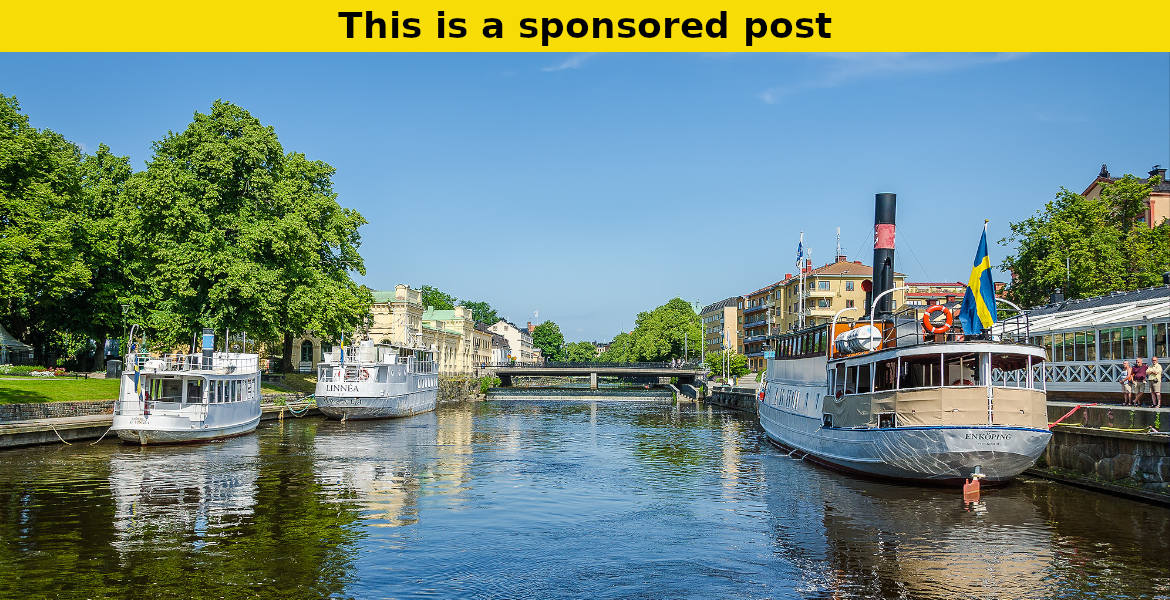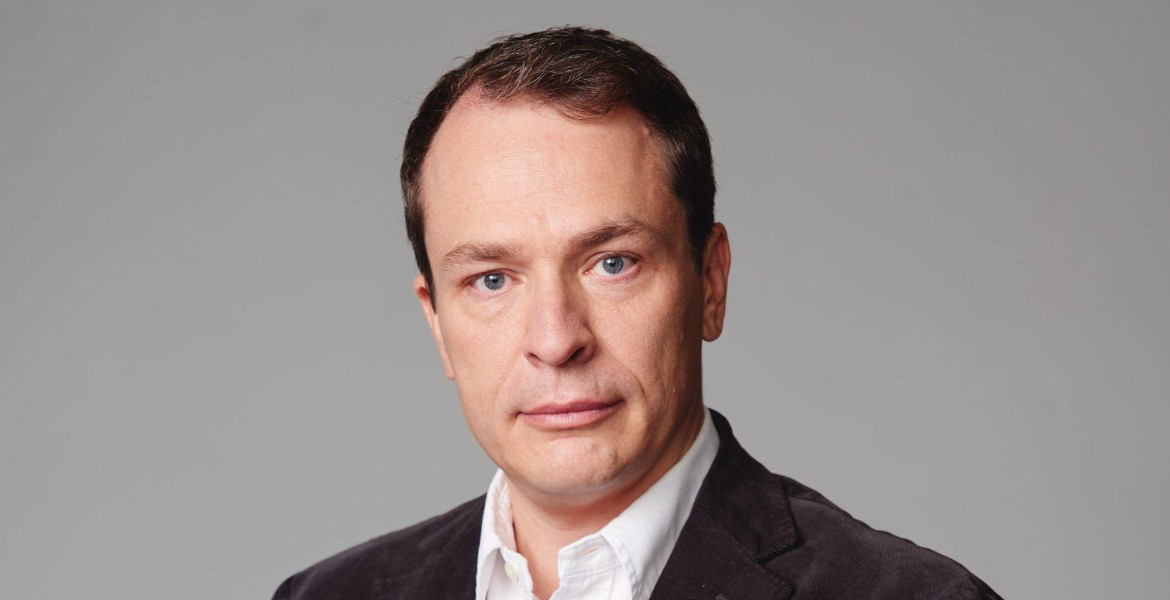CBD (cannabidiol) has gained widespread attention for its potential health benefits and therapeutic properties in recent years. Derived from the hemp plant, it is one of over a hundred cannabinoids found in the plant, known for its non-psychoactive nature. Unlike its counterpart THC (tetrahydrocannabinol), CBD does not produce a “high” sensation commonly associated with cannabis use. Hemp has been cultivated and used for various purposes for several thousand years.
The Science Behind CBD
Cannabinoids interact with the body’s endocannabinoid system, a complex network of receptors and neurotransmitters that play a key role in regulating various physiological processes, including mood, pain sensation, appetite, and immune function. By modulating the activity of these receptors, it may exert a range of effects on the body, contributing to its potential therapeutic benefits.
Health Benefits of CBD
Research suggests that CBD may offer a variety of health benefits, including:
- Pain relief: Studied for its analgesic properties and its potential to alleviate chronic pain associated with conditions such as arthritis, multiple sclerosis, and fibromyalgia.
- Anxiety and depression: Shown promise as a natural remedy for anxiety and depression, with studies suggesting that it may help reduce symptoms of both conditions by interacting with serotonin receptors in the brain.
- Neuroprotective effects: Neuroprotective properties, meaning it may help protect against neurological disorders such as Alzheimer’s disease, Parkinson’s disease, and epilepsy.
- Anti-inflammatory effects: Anti-inflammatory properties that may help reduce inflammation and associated symptoms in conditions such as arthritis and inflammatory bowel disease.
- Antioxidant properties: Potent antioxidant, meaning it may help protect against oxidative stress and damage caused by free radicals in the body.
Types of CBD Products
Cannabidiol is available in various forms, including:
- CBD oil: A concentrated form of CBD extract that is available in three main types: full-spectrum, broad-spectrum, or isolate. In Europe, broad-spectrum CBD oil is often considered the best option.
- CBD edibles: Infused food products such as gummies, chocolates, and beverages that provide a discreet way of consumtion.
- CBD topicals: Creams, lotions, and balms for topical application to the skin, offering localized relief from pain, inflammation, and skin conditions.
- CBD vape: Vape oils and e-liquids designed for use with vaporizers or e-cigarettes, allowing for fast-acting relief through inhalation.
CBD Dosage and Administration
Determining the right dosage can be challenging and may vary depending on factors such as body weight, tolerance, and the severity of symptoms. It’s generally recommended to start with a low dose and gradually increase it until the desired effects are achieved. Hemp products can be administered topically, or through inhalation, with each method offering different onset times and durations of effects.
Legality and Regulation
The legal status of CBD varies from country to country and can be influenced by factors such as the source (hemp or marijuana) and its THC content. In many countries, CBD derived from hemp containing less than 0.3% THC is legal for personal use, while CBD derived from marijuana may be subject to stricter regulations. It’s important to familiarize yourself with the laws and regulations governing Hemp in your area and to purchase products from reputable sources that comply with quality and safety standards. DR. Herbals, a well-known provider of CBD products in Sweden since 2019, is committed to offering high-quality products that meet stringent quality and safety standards. With a focus on transparency and customer satisfaction, DR. Herbals provides a wide range of CBD products, including oils, vapes, edibles, topicals and snus sourced from organic hemp and rigorously tested for potency and purity. By choosing DR. Herbals, consumers can have confidence in the quality and integrity of their products, ensuring a safe and effective experience.
Conclusion
CBD holds promise as a natural remedy for a variety of health conditions, with growing evidence supporting its potential therapeutic benefits. Whether you’re seeking relief from pain, anxiety, inflammation, or other symptoms, Hemp offers a versatile and natural option worth exploring. By understanding the science behind Hemp, choosing the right product and dosage, and prioritizing safety and legality, you can make informed decisions about incorporating Hemp products into your wellness routine.







